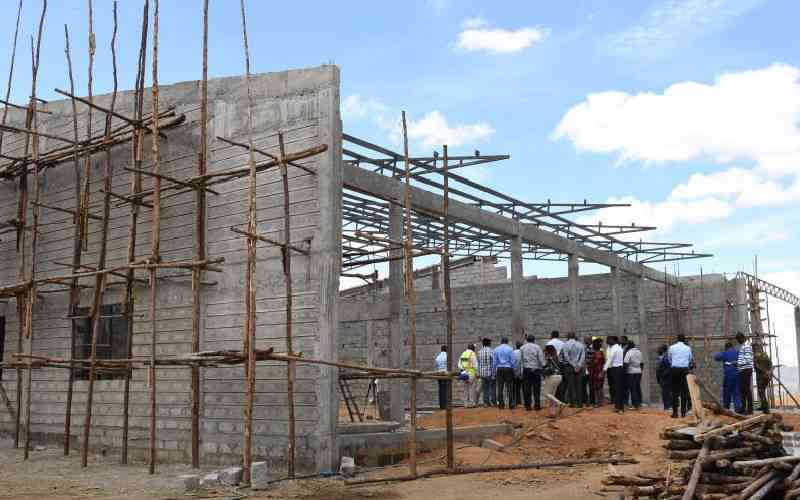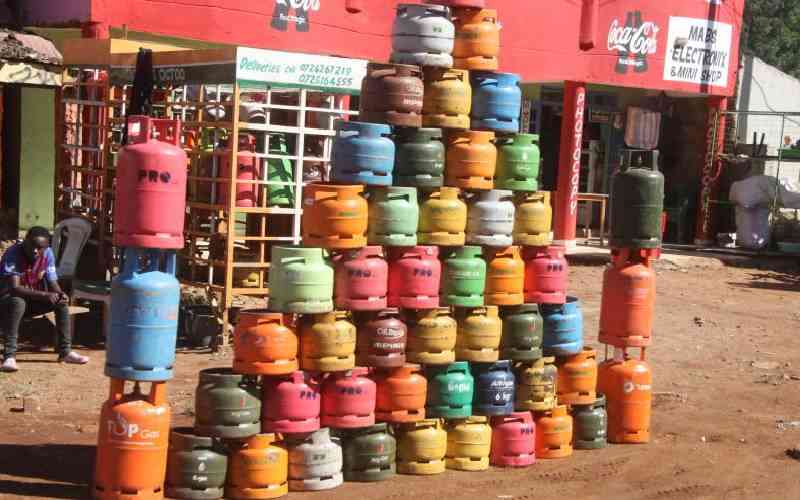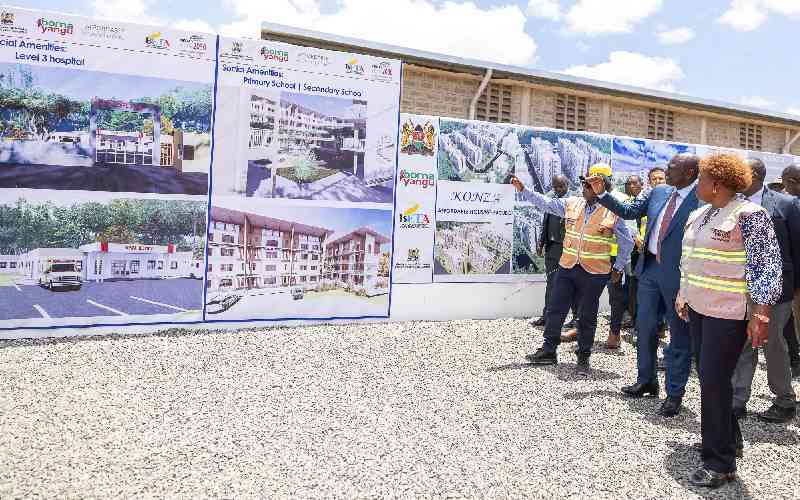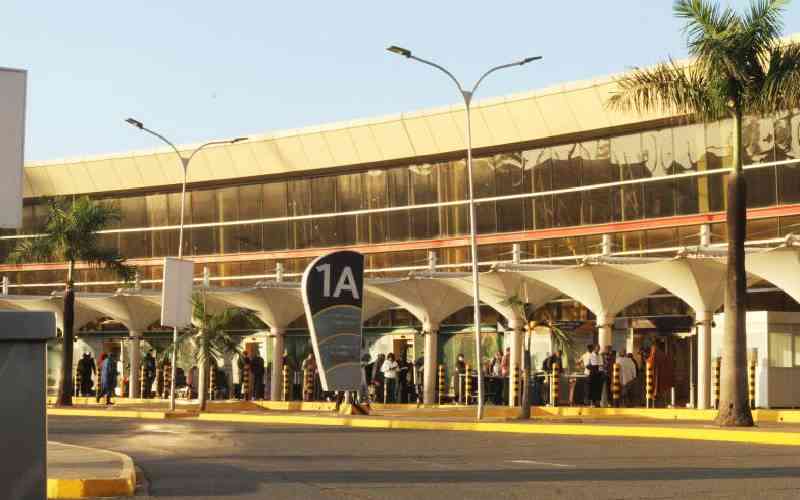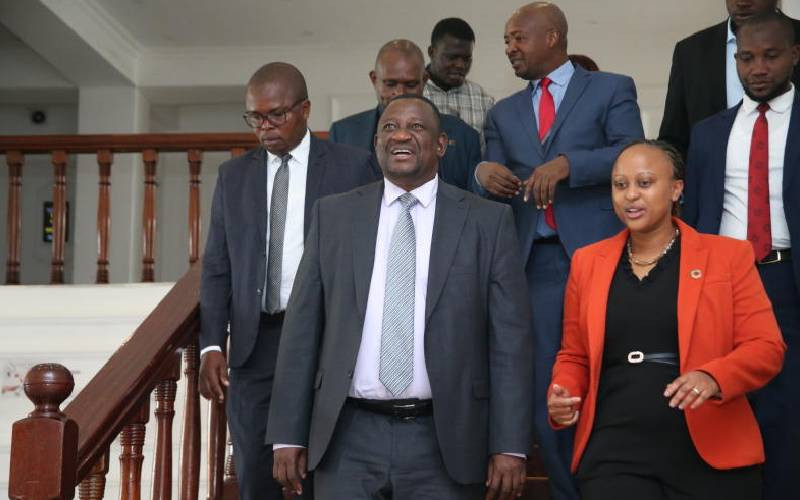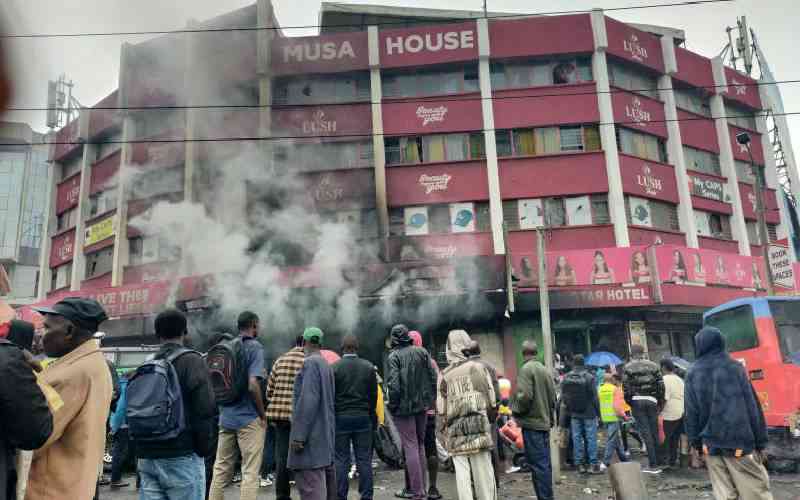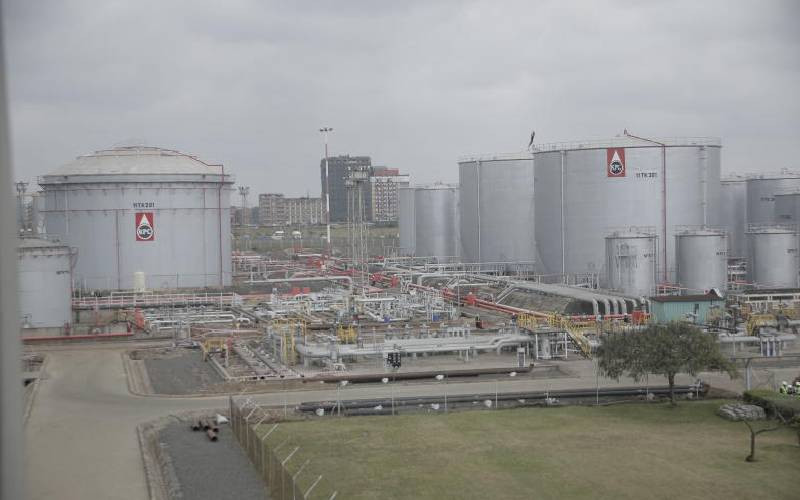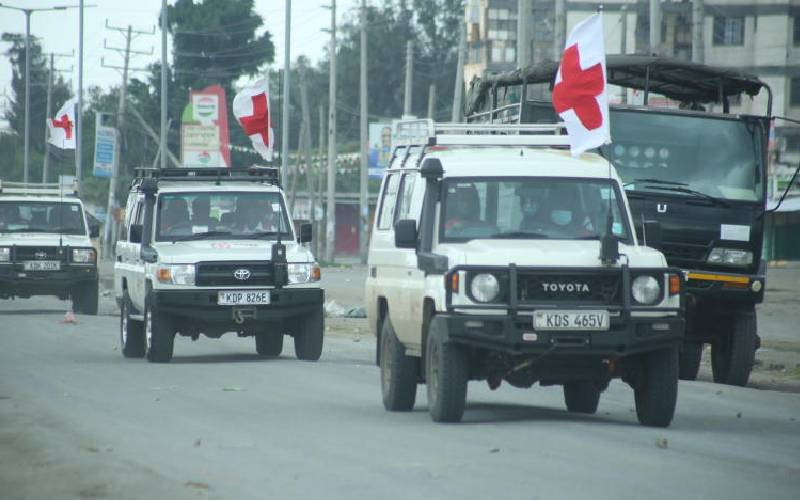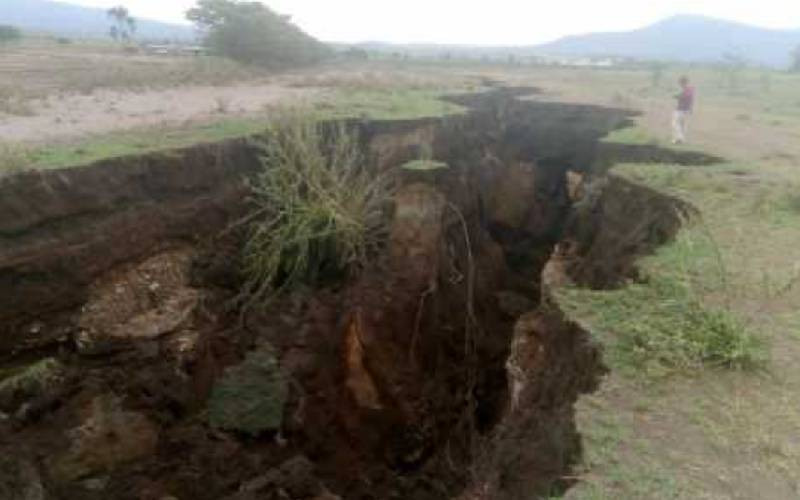
Parts of Nakuru County are at risk of collapses and sinkholes as the Great Rift Valley’s tectonic plates are shifting at an average rate of six to seven millimetres each year.
The tectonic movement, according to the geologists, is progressively pulling the continent along a major boundary within the Earth’s lithosphere.
The President of the Geological Society of Kenya, Geologist Ng’ang’a Kuria, said there is a need to establish a local geohazard observatory for real-time geological and geophysical monitoring.
According to geologists, the Great Rift Valley is a tectonic landform created by the separation of the Nubian Plate and the Somalian Plate. Kuria says the two plates are pulling apart.
In an interview, Kuria said the ongoing erosion of volcanic ash and soil infill along fault lines and lava tubes increases the risk of ground collapse, threatening roads, railways, buildings, and other critical infrastructure in the area.
Also part of the guideline is to integrate geohazard risk zones into the county’s spatial and land use plans and enforce regulatory requirements for geotechnical assessments prior to building approvals.
He outlined the need to redesign stormwater management systems and restore natural drainage channels, create public awareness and professional collaboration, establish early warning systems, and invest in sustainable infrastructure.
Kuria explained that the existing infrastructure, the old railway, should be rerouted to avoid weak zones, while new developments should be guided with up-to-date geological investigations.
He said addressing the situation in Nakuru requires calls for a shift toward inclusive, informed, and environmentally responsible developments that include stakeholders, among them the planners, geologists, engineers, and farmers.
“To ensure the safety of all residents, Nakuru should undertake comprehensive geological and geotechnical mapping of all high-risk areas within the county and its environs,” said Kuria, adding that there are many locations that are connected with the ongoing Rift Valley development and expansion activities.
He explained that Nakuru City is located within an active East African Rift System and is placed at the centre of one of the most tectonically active and geologically complex regions in Africa.
“The investigation has explained that the extensive rift stretches thousands of kilometres across the continent and continues to evolve due to the gradual divergence of the Somalian (eastern) and Nubian (western) plates,” said the geologist.
